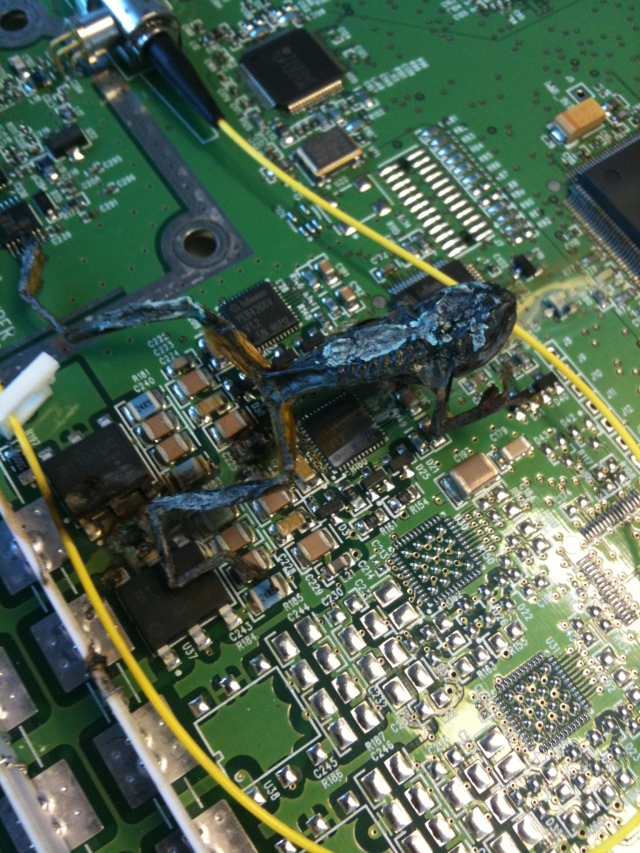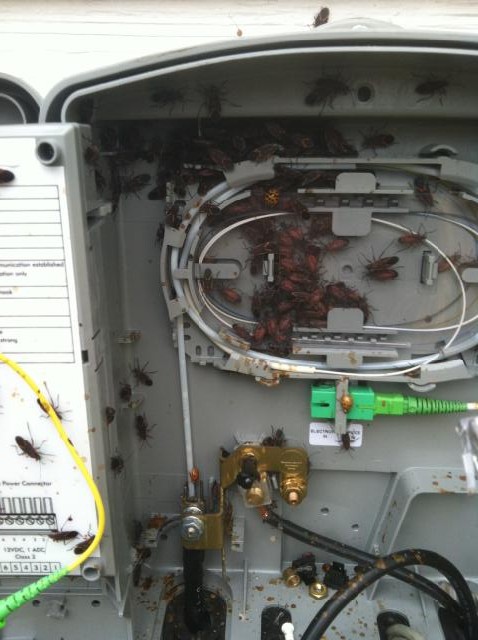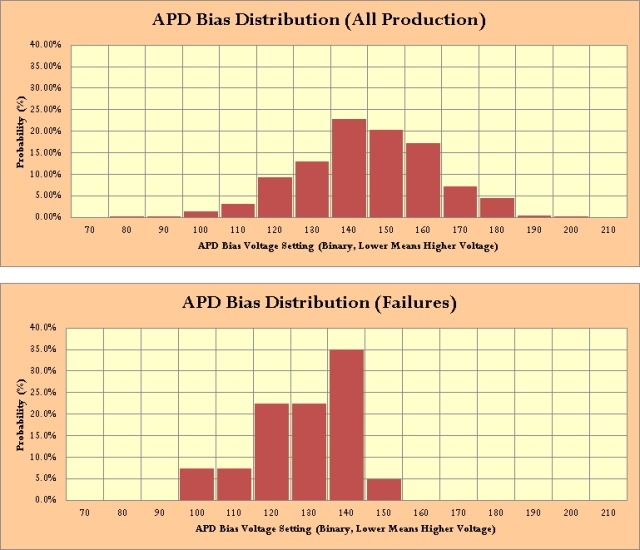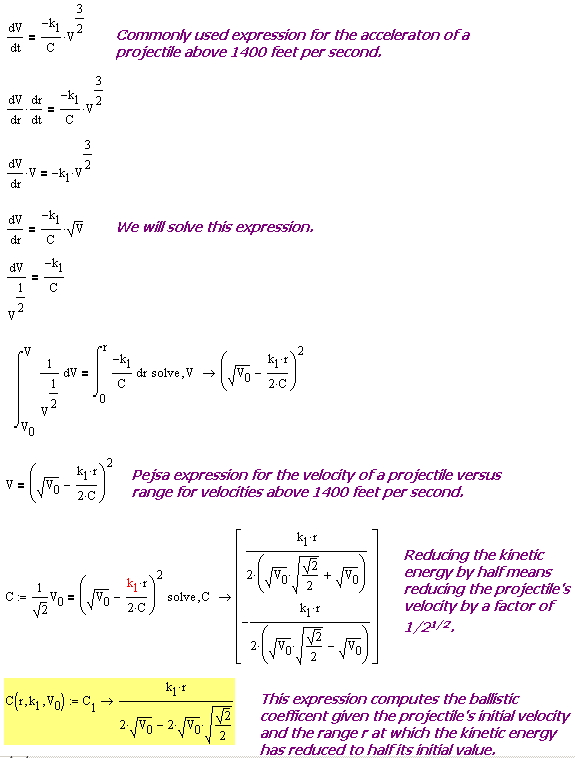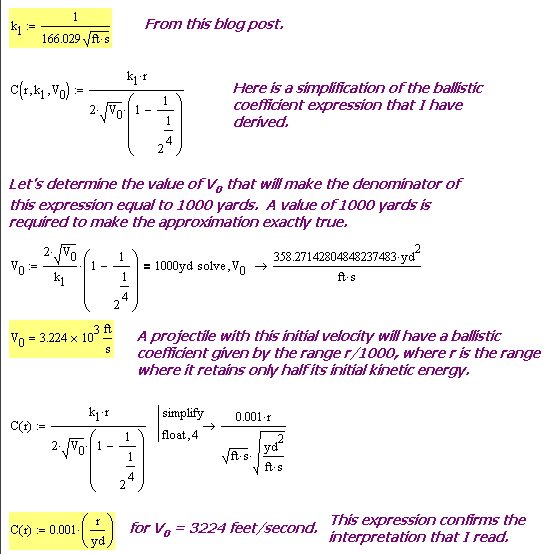Quote of the Day
When fascism comes to America, it will be wrapped in the flag carrying the Cross.
— Sinclair Lewis
Introduction

Figure 1: HMS Dreadnought, the ship that changed the direction of naval gunnery. (Source)
I am reading the book "Dreadnought Gunnery and the Battle of Jutland: The Question of Fire Control". This very informative book provides the details on how fire control developed during its very early days. This period of time is interesting to me because, in my opinion, it was the start of modern computing. The big naval revolution driving the development of fire control was the introduction of long-range torpedoes (see Whitehead Torpedo). Prior to the arrival of torpedoes, ships simply engaged at ranges that allowed them to directly point their guns at one another, a process referred to as direct fire. The threat from torpedoes drove ships to engage at longer ranges that required the development of indirect fire. Indirect fire means aiming and firing a projectile without relying on a direct line of sight between the gun and its target. Effective indirect fire meant developing a number of new technologies: range finding, precision hydraulics, control systems, and calculation systems.
A Google Preview of "Dreadnought Gunnery" is available here if you are curious about the book. I have read some criticism of the book on Amazon because it is a slightly reworked PhD thesis. That doesn't bother me in the least, but some folks may not like the academic writing style. The book's Appendix contains a one-page summary of the fire control formulas that were solved by the analog computers used on the Dreadnoughts (Figure 1). The equations seemed a bit odd to me until I derived them myself. It turns out I have seen them before, but in a different form. I thought I would show the equivalences here. I will be using these fire control formulas in some simulations I plan to prepare. Ultimately, I want to do some analysis of the error sensitivity of these formulas.
All the mathematics is in this post is done in Mathcad. I use Mathcad's unit handling ability to perform the various conversions required.
Background
Figure 2 is a scan of the fire control formulas shown in the Appendix of "Dreadnought Gunnery". I have added some markups in tan to indicate my names for the various equations.
I will derive these formulas and show how they are similar to formulas you have seen in other contexts.
Analysis
Mathematical Objectives
Battleship gunnery used mechanical integrators to convert measured range and bearing rates into projected target positions in the future. These projections are important because projectiles require time to arrive at their target location -- a concept referred to as deflection or lead (rhymes with "need"). The Appendix in "Dreadnought Gunnery" derives three rate expressions.
: Range Rate of Change
: Target Bearing Rate of Change
: Rate of Change of the Range Rate
These are the formulas that I will focus on. They are presented in the Appendix using units of knots, yards, degrees, and minutes. This will introduce some conversion constants.
Own Ship and Enemy Fire Control Geometry
One of the things that confuses me about the formulas in Figure 1 is their notation. For example, x is used to represent the relative velocity of the enemy ship in a direction perpendicular to the range vector. I prefer to call this velocity component vp. The variable a is used to represent the relative velocity of the enemy ship in the direction of the range vector. I prefer to call this velocity component vr. I REALLY like variable names that mean something to me (e.g. v for velocity). I also changed designation of the target angle relative to the range vector from an iota (ι) to a theta (θ) because it is easier to see a theta. So I renamed all the variables in Figure 2 to what you see in Figure 3.
Range Rate Formula
The range rate equation is simply the relative radial velocity between the own ship and the enemy ship. This calculation involves a little bit of vector math and then some unit conversions, which are shown in Figure 4.
Note that in Figure 4 I show the variables ves and vos divided by knot. This approach is used in Mathcad to perform unit conversion.
Bearing Rate Formula
Figure 5 shows my derivation of the bearing rate formula. Note that the Appendix refers to a magnetic bearing and in Figure 2 I show a line-of-sight bearing (i.e. bearing relative to a ship's course). If the ship is not changing course, the rate of change in magnetic bearing and the rate of change in line-of-sight bearing are equal. I make this assumption in Figure 5.
This equation is really a restatement of the angular velocity equation from elementary physics.
Rate of Change of the Range Rate
Figure 6 shows my derivation of the rate of change of the range rate.
The rate of change of the range rate is really just a restatement of the centripetal acceleration equation from elementary physics.
Conclusion
I was able to derive all the expressions from the Appendix of "Dreadnought Gunner". I was also able to show the expressions in the Appendix are actually commonly seen equations from physics, just hidden a tad by notation.






